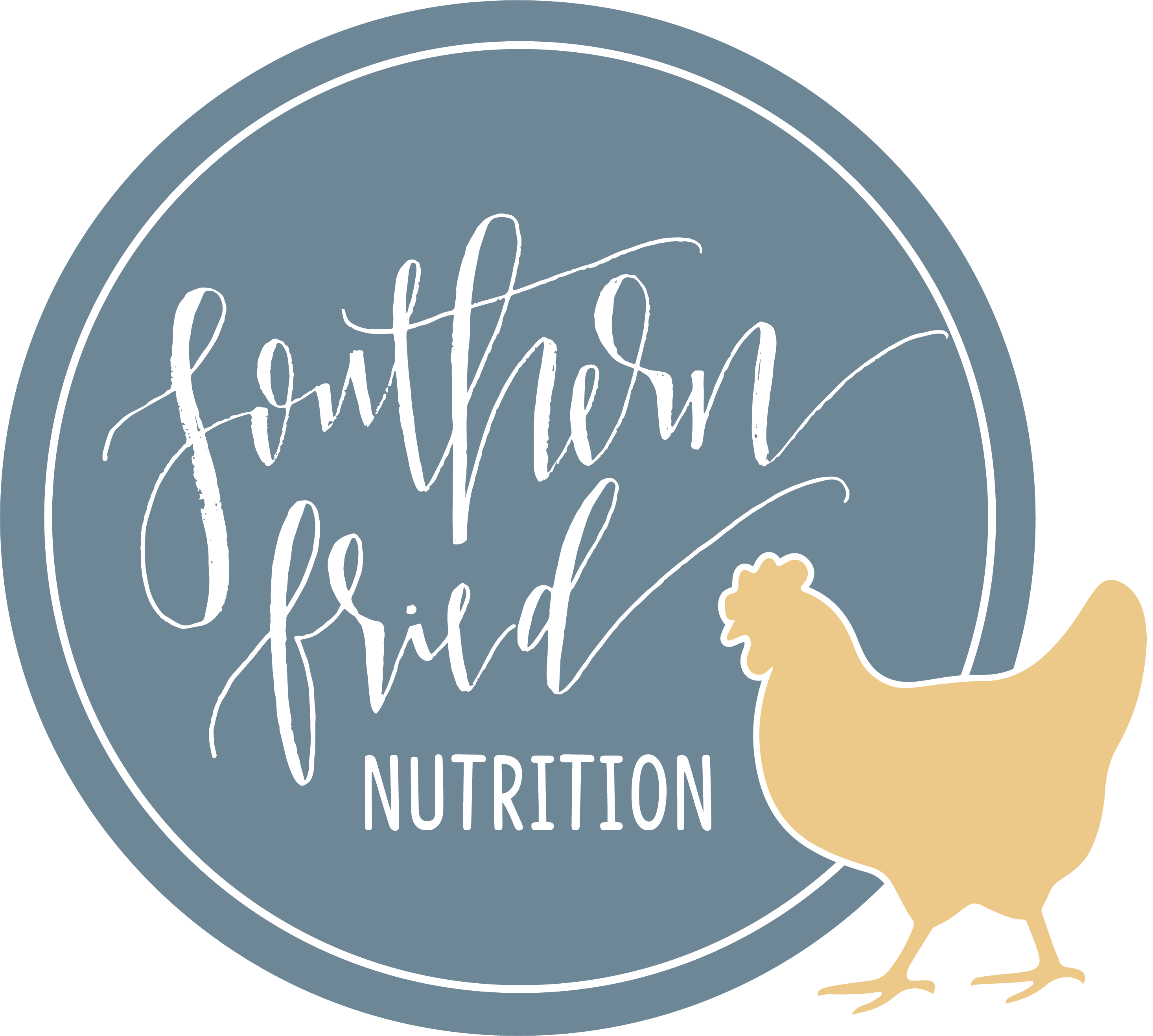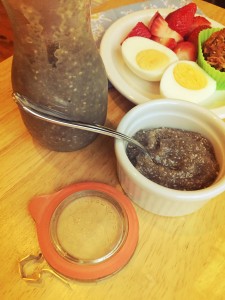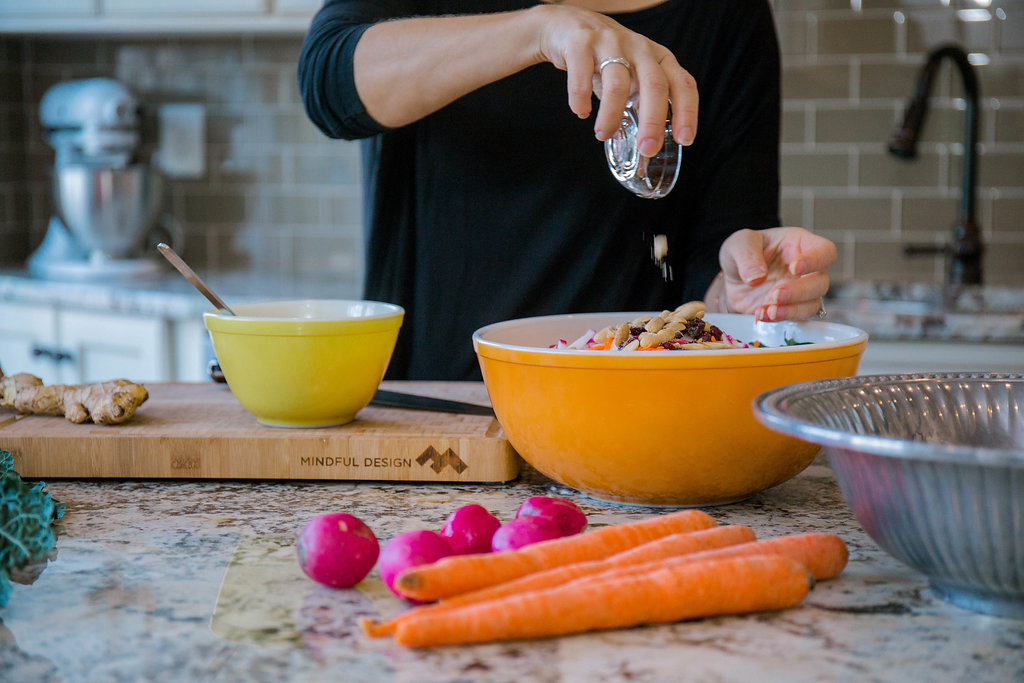There’s a lot of chatter in the nutrition and health world recently about food waste, or wasted food as some people like to call it. It’s a significant problem. By some estimates, as much as 30% of food is wasted. But not all wasted food is rotten or unsafe for consumption. A significant amount of food is wasted because it doesn’t meet standards for what it “should” look like – maybe a slightly disfigured
carrot like the one I’ve shown here; or an apple with a small bruise; or food that has passed it’s “sell by” date. All of these foods might be discarded by a grocer, even though there’s nothing wrong with it! You might do the same thing at home. Wasted food is expensive. It’s also discouraging. Many people who with limited budgets may choose to limit the amount of fresh foods they purchase for fear that it will go bad before they can use it. This is a legitimate concern, but there are ways to help prevent waste. Here are my five tips to preventing wasted food in the home kitchen:
- Plan ahead – as in, have a menu. If you know what you’re going to eat for the week ahead, it’s easy to ensure that you incorporate the foods you have on hand before they can go bad. Plan your menu around what you already have on hand that needs to be used, incorporating anything that’s near its expiration in the fridge, freezer, or pantry. And with a plan in hand, you’re less likely to over purchase.
- Bigger isn’t always better – this falls into the “don’t over purchase” category. Just because it may seem cheaper to buy in bulk, doesn’t mean it always is. If you end up throwing away 1/2 of what you buy, your per-unit cost may actually be higher.
- Put up for the season – freeze, can, or ferment foods when you have extra. There’s nothing non-nutritious about frozen fruits and veggies. In fact, when they’re frozen quickly after harvest, they may be even more nutritious than fresh produce that’s been on the shelf a long time. Even those that are past their prime can be frozen for use in stocks later. I love to make yogurt when I find milk at an extra good deal and it extends the usefulness of milk by presenting it in another appealing way.
- Be a sneaky chef – by combining all kinds of foods in my favorite “S” foods – soups, smoothies, and salads. Soups can be made out of so many different veggies, grains, and even fruits. Same with smoothies – I’m forever tossing in spinach that’s no longer fit for salad, but isn’t yet bad! Salads don’t just have to be green; add fruits, grains, and beans to make them more interesting and more nutritious.
- Be flexible and respond quickly – this is the insurance for number 1. If you do find that you have something on hand that must be used right away, do something with it. Found a squash that needs to be eaten or tossed, shred it into your spaghetti sauce. Lots of veggies you’re about to lose? Make soup! Bananas turning very brown? Perfect for banana bread! Milk close to souring? Freeze it into cubes for smoothies or iced coffee later. Eggs can be frozen too and used for baking when thawed. Bread freezes well if you’re planning to toast it before using later.
And a last idea? Give it away. You may think, “I don’t want to give away expiring food!” But if you find the right opportunity, organizations and individuals can put to use that food that you would have just thrown out. What are your secrets to reducing food waste in your kitchen?



